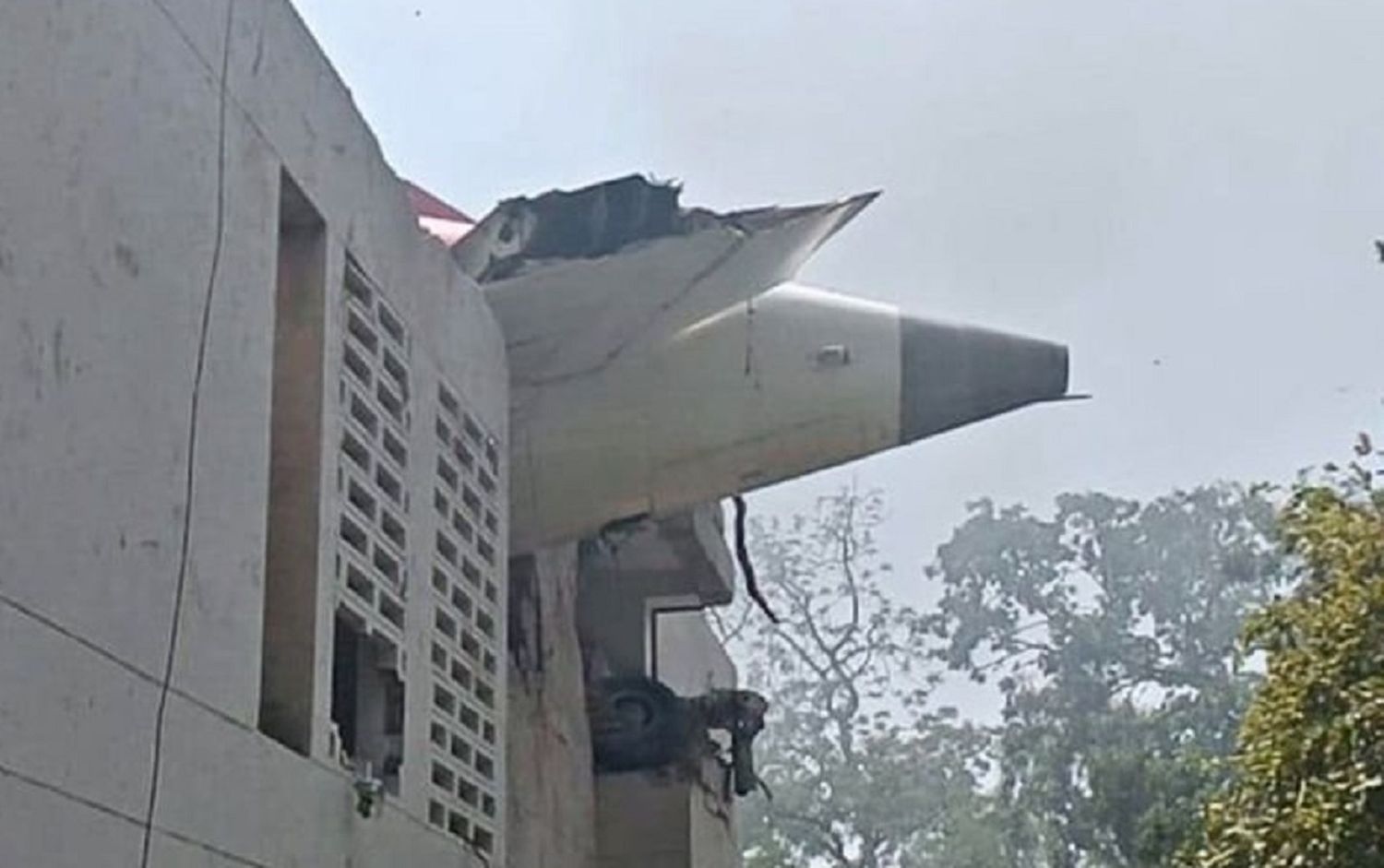Recommended versus Mandatory: The Potential Link Between an FAA Bulletin and the Air India Disaster
The crash of AI171 could illustrate the grave implications of not addressing non-mandatory bulletins, such as the FAA's SAIB on fuel switches.
The crash of Air India flight AI171 in Ahmedabad on June 12, 2025, could be shaping up to be a critical case study in risk management in commercial aviation. The preliminary investigation by India's Aircraft Accident Investigation Bureau (AAIB) is reportedly directing attention toward a systemic issue: the interpretation and weight that airlines give to the various safety communications issued by regulatory authorities.
A 2018 FAA Special Airworthiness Information Bulletin (SAIB), which warned of a vulnerability in the fuel control switches, is now a central piece of the investigation. The fact that its recommendations had not been implemented on the crashed aircraft raises fundamental questions about safety-related decision-making processes.
Flight recorder data from the Boeing 787-8 (VT-ANB) suggests an alarming sequence of events. Seconds after a normal takeoff, both engines reportedly lost power almost simultaneously. The EAFR (Enhanced Airborne Flight Recorder) analysis showed that the fuel control switches moved from "RUN" to "CUTOFF."
The conversation in the cockpit would indicate that this action was inadvertent, with the pilots showing surprise. This raises a fundamental question: if it was not a deliberate action, what could have caused such a critical control to move? The answer could lie in a document issued by the FAA almost seven years earlier.
The Regulatory Ecosystem: Understanding SAIB, AD, and EAD
To understand the context of the operator's decision, it is essential to differentiate the tools the FAA uses to communicate airworthiness issues.
Airworthiness Directive (AD): This is a legally binding order issued when the FAA determines that an "unsafe condition" exists. Compliance is not optional.
Emergency Airworthiness Directive (EAD): This is an AD with immediate effect to correct an extreme risk that cannot wait.
Special Airworthiness Information Bulletin (SAIB): This occupies a different space. It is issued to alert and recommend action on a concern that does not cross the legal threshold for an AD.
SAIB NM-18-33, in particular, warned about the risk that the locking mechanism of the fuel switches could be inoperative. While it recommended a specific part replacement for certain Boeing 737s, the warning about the design was relevant to the Boeing 787 (with part P/N 4TL837-3D).
What is an Emergency Airworthiness Directive (EAD)? It is an order from the FAA for immediate compliance to correct a safety risk so serious that it cannot wait for the usual processes of a standard AD.
Why would the FAA issue an SAIB instead of an AD? The FAA would do so when it identifies a safety concern but determines that it does not meet the legal threshold to be classified as an "unsafe condition," which is the requirement for an AD. The SAIB serves to recommend and inform, not to compel.
What questions does this case raise about SAIBs? It raises how operators should assess the risks of an SAIB and what the expected standard of care is, even if the recommendations are not legally mandatory.
The Regulatory Gap: "Not Mandatory" Does Not Mean "No Risk"
The FAA's decision to issue an SAIB instead of an AD was reportedly based on the problem "not being an unsafe condition that would justify airworthiness directive action." This stance, in practice, transfers the burden of risk assessment to the operator. This is where a complex "gray area" of responsibility and safety management arises.
Ignoring such a warning, however, would entail several risks that go beyond simple regulatory compliance. First, it would open the door to enormous civil liability. In a post-accident court scenario, a plaintiff could argue that the airline, having been notified by the FAA through an SAIB, was aware of the risk and had a simple and low-cost mitigation available. The argument would not be whether the action was mandatory, but whether a "reasonably prudent operator," with knowledge of the danger, would have acted.
Second, and perhaps more importantly from an operational safety perspective, it would represent a potential failure of the company's Safety Management System (SMS). A robust SMS, a pillar of modern aviation, is designed to treat an SAIB as a formally identified hazard that requires an internal risk analysis, regardless of its regulatory status. The process would dictate that the hazard (a faulty fuel switch) be evaluated in a risk matrix. The consequence (a dual engine shutdown on takeoff) would always be catastrophic, so even a low probability would result in a level of risk that would, most likely, demand mitigating action.
The Necessary Debate on the Limits of the Non-Mandatory
The preliminary report from the AAIB, by indicating that the suggested inspection was not performed due to its "advisory and non-mandatory" nature, not only points to a decision but opens a profound debate for the industry:
How should a Safety Management System (SMS) process, document, and act on a risk identified in an SAIB?
What criteria would an operator use to determine that the risk described in a bulletin is acceptable and does not require the recommended action? Would this risk analysis be formally documented for future reviews and audits?
If a non-mandatory recommendation could have been a factor in preventing an accident, where would the ultimate responsibility for managing that risk lie?
Regardless of the final outcome of the investigation, the crash of flight AI171 must be the start of an urgent and honest conversation about the philosophy of safety. The debate would not just be about a switch, but about how the industry ensures that a "recommendation" from a safety authority receives the weight it deserves to prevent future tragedies.


Para comentar, debés estar registradoPor favor, iniciá sesión